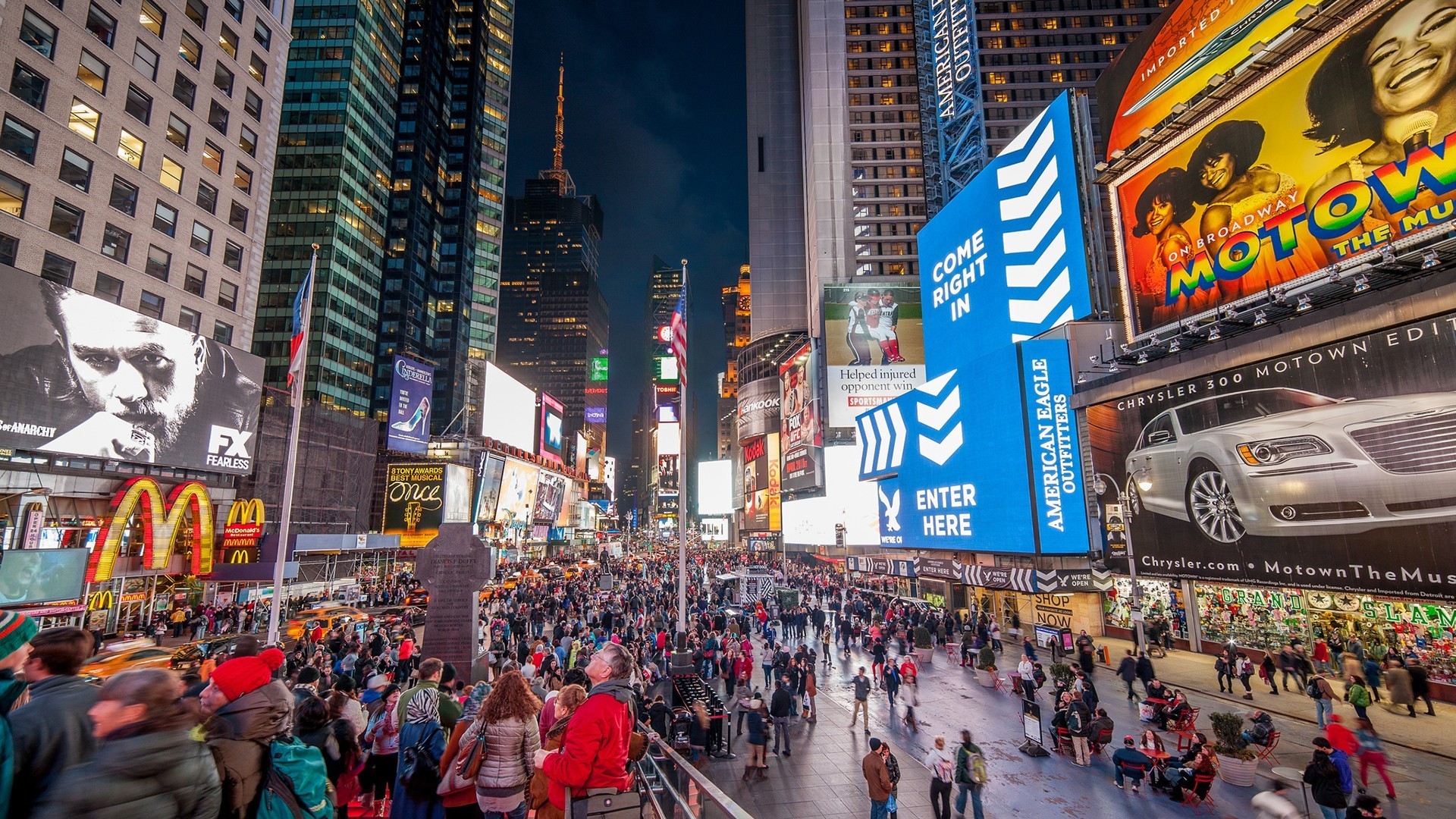The ad agency Grey London has created a spray paint for its client, the automaker Volvo. The internet is abuzz about the 2000 cans of temporary paint that have been produced, with media outlets picking up and re-publishing the ad agency's press release as a good news story for cyclists around the world.
 Ghostly apparitions have a zombie-like pallor, possibly from the negative health effects of spray painting themselves
Ghostly apparitions have a zombie-like pallor, possibly from the negative health effects of spray painting themselves
But make no mistake: this product doesn't exist to make the world a better place for people riding bicycles. This is a product designed to help Volvo sell more cars. Which is great news for Volvo, and a very clever campaign by Grey London, and they deserve appropriate respect for that.
And it's also worth mentioning that Volvo really is ahead of the game when it comes to automobile driver safety, with a plan they call Vision 2020, which states, "Our Vision is that no one is killed or injured in a Volvo in the year 2020". And despite the wording (our emphasis added), the plan does include a description of collision avoidance systems that consider pedestrians, albeit only below speeds of 40km/hr, and after the 2020 target date. For people riding bicycles, Volvo has been testing an app that connects your smartphone to a special helmet that flashes a light if a similarly-connected Volvo is on a collision course with you.
This is all smoke and mirrors and flashing lights to reinforce Volvo's brand image of a safe automobile.
But for all the technological features that Volvo and other companies might introduce on their luxury models, the fact remains that roads can be a scary place when we're not inside of an automobile, and spray painting yourself every ten days can't be seriously considered as a reasonable response to this fear.
We're not suggesting that road users shouldn't ensure they're easily visible to each other (we do generate some of our revenue through sales of lights, after all). We all share the roads, and we (as people who might drive, bike, and walk all in the same day) need to do our best to be courteous and reasonable about it. Nor are we suggesting that a person shouldn't make rational judgements about their own safety and weigh the benefits versus the risks of various activities. Indeed, a person who chooses to walk or bike their 10-minute trip rather than drive has made a good risk assessment: the person choosing to drive has a much higher all-cause mortality rate, thanks to increased sedentary behaviour and the missed opportunity for physical activity.
But focusing on gimmicks like magpie infrastructure, compressed gas helmets, and temporary textile paint misses the real issue. The problem is not one of non-motorized road users failing to protect themselves from dangerous automobiles on dangerous streets. If that were true, we could demand that pedestrians wear protective safety bubbles at all times, including when exiting their own car. Or we could simply ban pedestrians entirely, as Winnipeg did with its infamous Portage & Main crossing.
The problem is the expectation that soft, fleshy humans should simply accept that their urban streets have become dangerous, inhospitable places requiring body armour and daring bravado just to cross the street.
The solution is recognizing that city streets are public spaces, and they should be safe for all users. This starts with good design and infrastructure. But it doesn't end there, because the goal isn't safety for the sake of safety. If safety was our only goal, we would simply ban walking and eliminate all pedestrian injuries in one stroke (and a thousand heart attacks).
The true goal is a better city, with a strong, vibrant community of healthy, happy people. The goal is a better quality of life for everyone. Wrapping ourselves in protective gear doesn't move us towards that goal.
So bravo for an advertising job well done. But let's continue to focus on the structure and design of our cities, and how we can make them better places to live. Because if you create a city that's good for an 8 year old and good for an 80 year old, you will create a successful city for everyone.





